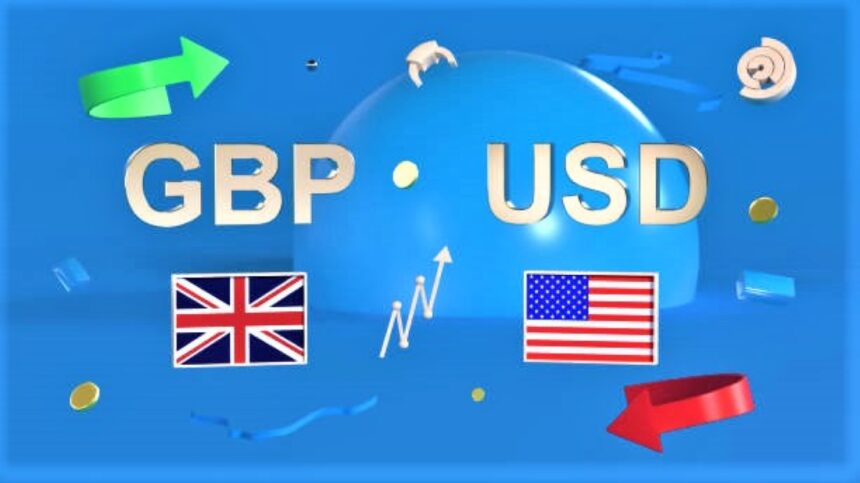Pound Sterling falls as high US PPI dampens demand for risk-sensitive assets.
The pound sterling (GBP) fell dramatically against the US dollar in Thursday’s early New York session. After the US Producer Price Index (PPI) data for February came in hotter than expected. The GBPUSD pair falls as investors’ risk appetite weakens on predictions. That sluggish US PPI will fuel fears that the Federal Reserve (Fed) may postpone interest rate cuts. Currently, markets expect the Fed to make this step in June.
The DXY rises to 103.00 as fading expectations. That the Federal Reserve (Fed) will lower interest rates at its June policy meeting strengthens the safe haven appeal. Meanwhile, retail sales in February fell short of estimates. Retail Sales increased moderately by 0.6% in February. Compared to estimates of 0.8%. In January, Retail Sales fell by 1.1%.
Daily market movers: Pound Sterling drops as heated US PPI boosts the desirability of the US dollar.
The pound sterling slips below 1.2800 versus the US dollar. As February’s US PPI data remains obstinate. The monthly headline PPI increased at a rate. That was twice as fast as expected and treble the previous figure of 0.3%. The annual headline PPI increased to 1.6%, above the consensus of 1.1% compared to January’s reading of 1.0%.
The annual core PPI, which excludes volatile food and energy costs, increased gradually by 2.0% versus predictions of 1.9%. Meanwhile, monthly core PPI increased at a faster rate of 0.3%, compared to predictions of 0.2%. A stubborn PPI data shows that consumer price inflation is projected to persist, which may limit expectations for the Federal Reserve to lower interest rates at its June policy meeting.
The UK economy resumes recovery after declining in the second half of 2023.
The pound sterling may recover after the UK monthly Gross Domestic Product (GDP) and manufacturing figures for January were released on Wednesday, revealing that the economy increased by 0.2% as expected, helped by greater demand at retailers and sales of building materials. Meanwhile, industrial production has remained poor.
The predicted growth in the UK economy is at The start of 2024 has provided some respite to UK Prime Minister Rishi Sunak ahead of elections that must be held by the end of January 2025. “While the last few years have been tough, today’s numbers show we are making progress in growing the economy,” Chancellor of the Exchequer Jeremy Hunt said, according to Reuters.
The UK economy has returned to growth after entering a technical recession in the second half of 2023. However, it is premature to conclude that the recession was brief and that the economy has recovered until figures for the first quarter as a whole show an expansion. The Office for Budget Responsibility (OBR) expects the UK economy to expand by 0.8% in 2024.
Investors are looking for new advice from the Bank of England on interest rates.
Moving forward, market expectations for Bank of England rate reduction will determine the Pound Sterling’s next moves. Investors’ bets on the BoE decreasing interest rates in the August meeting have grown due to slower-than-expected wage growth in the three months ending January.









